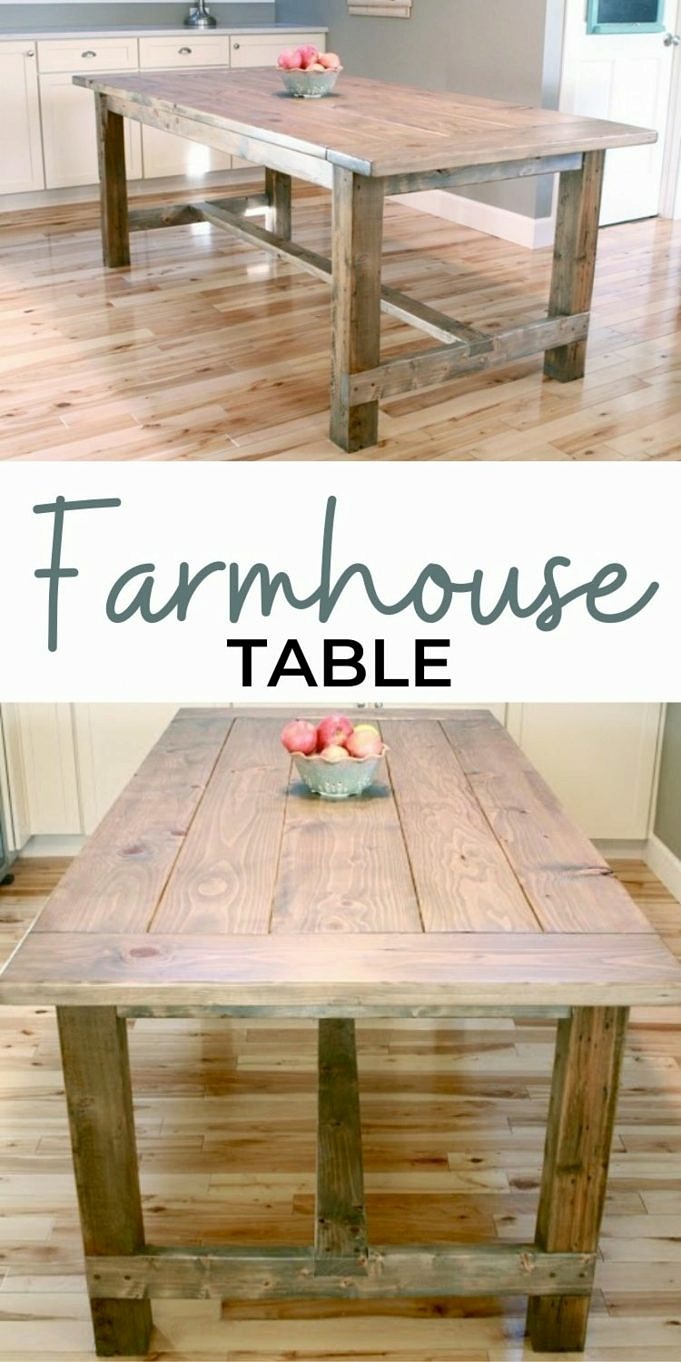Need Help?
Talk with a tool expert in minutes
Brian, Woodworker
2,153 happy customers
Licensed Contractor – 17 years
Three Home Improvement Experts Are Now Online
You can style it to look hip and classy with teal fabric chairs and bright colored tableware, or you can go for a natural down-to-earth look with a rustic bench so many possibilities for this kitchen table.
- Sanding block
- wood glue
- wood filler (optional)
- Wood screws (5 cm and13 cm)
- paint brush/ rag
- Wood stain
Step 1: Measure The Wood And Cut It
Measure the lumber into these sizes:
- Four 29 1/10 cm long pieces from the 10 cmx10 cms
- Two 178 cm long pieces from one 3 cmx10 cm
- Five 33
- Four 53
- Two pieces measuring 94cm long, each one extending to 3 cmx25cm.
- Two 33
- Two 26
- One 63
Use your miter saw to cut the wood into boards.
Step 2: Use A Hammer To Pound The Boards
This table, like all our rustic projects, must be pounded with a hammer or other heavy tools to achieve that distressed look.
You can also use a small chisel, or a screwdriver to make tiny holes in the wood.
Step 3: Sand All The Boards
Sand everything down with your sanding block.
Step 4: Make The Tables Frame
The frame is the foundation of the table. Place all 3 cmx10cm pieces in this order.
Dont forget to evenly adjust the middle boards inside the large rectangular frame. They must be exactly 33
Use wood glue and nails to attach the boards. Each connection should have two nails.
Step 5: Place The 5 Cmx8 Cm X33
Now, take two 5 cmx8cm x33
Place the boards at least 15 cm from the place where you have placed them. Nail them into place.
Step 6: Put One 3 Cmx25 Cm X94 Cm Board At One End Of The Frame
Lay the frame down with the 5 cmx8 cms flush with the top side. Place a 3 cmx25cm x94cm board at one end. Be sure to leave a 3 cm gap between the frame and the board. So, that 94 cm board isnt flush with the 5 cmx8 cm x33
With a pencil, trace the end 94 cm of the board to stop wood glue getting in the wrong places. This will show you which areas of the board should be covered and where glue should be applied.
Use the glue to fix the board in place. Secure it with nails.
Step 7: Lay Down One 3 Cmx25 Cm X53
Grab one 3 cmx25 cm x53
These are tracing the sides with a pencil
Use the pencil lines to guide you in putting the glue.
And nailing the board in place…
Step 8: Place The Rest Of The Boards
Using the same process in Step 6, attach three more 3 cmx25 cm x53
Finish it with a third 3 cmx25cm x 94 cm board. Once theyre all secured, your tabletop is now complete.
Step 9: Fill The Gaps With Wood Filler (optional)
If youre uncomfortable with the little holes and gaps, you can use wood filler to make them go away.
Step 10: Attach Your Legs
It’s time to give your table legs. Flip the tabletop over. Take all the 10 cmx10 cm x29 1/10 cm pieces, and position them under the tabletop like this.
Screw them into the frame. To ensure maximum support, use four screws per leg.
Step 11: Use The Last Board To Make An H Stretcher
Make an H-stretcher to support your legs. Take the remaining wood, the 5 cmx8 cms, and arrange them. Because the table isn’t rectangularly shaped, this will make a huge capital letter I. Its elongated and rectangular.
Fix the boards to the wall.
Place the giant I at the bottom of the table. Place the I on each table leg, centering it over each one. Secure it with 13 cm screws in each leg.
Step 12: Apply Stain And Poly
Using a rag or a paint brush, coat the table with wood stain.
Wait for the wood to dry. Then apply three even coats of polyurethane.
And viola! Now you have a brand new dining table. A table thats inspired from the refreshing look of a country farmhouse.
The Rehab Life originally created this tutorial. If you want to watch their video showing the making of thisfarmhouse table, click hereor watch below:



